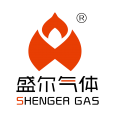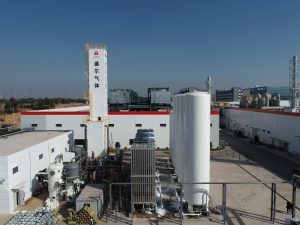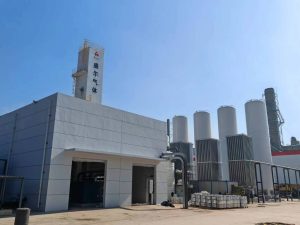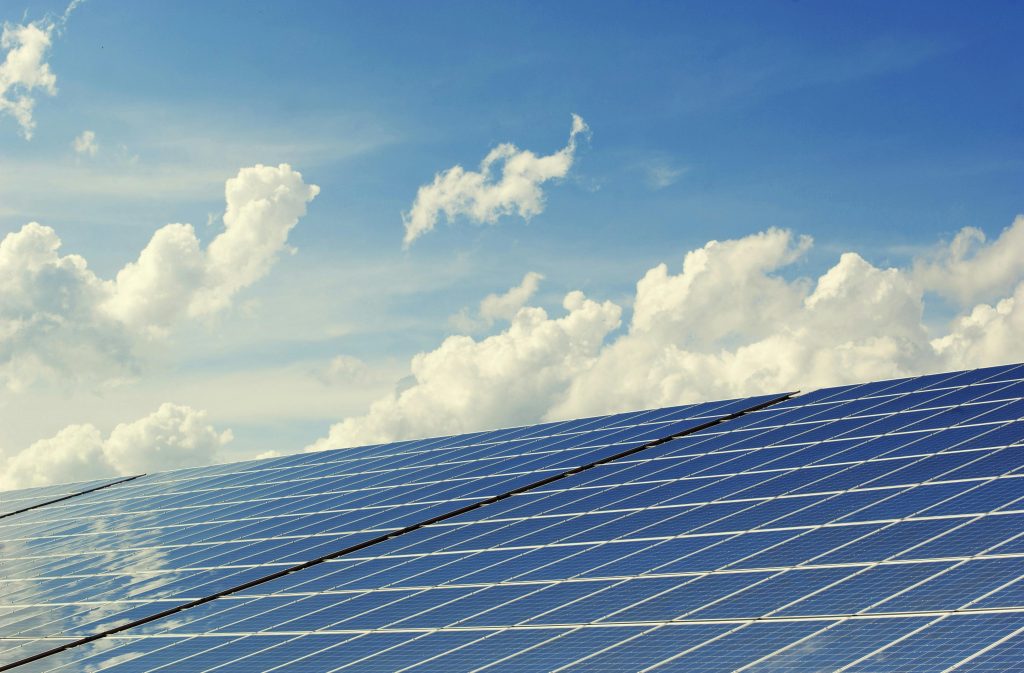
Application and Process Technology Analysis of Nitrogen in the Photovoltaic Industry
Nitrogen (N₂) is an indispensable inert gas in photovoltaic technology and solar cell manufacturing processes. Nitrogen has a wide range of applications from silicon material to battery assembly: from silicon wafer preparation to battery diffusion annealing to final module packaging, a stable and pure nitrogen atmosphere is required. In particular, for high-efficiency PV products, the process requires extremely high atmosphere purity control—for example, the need to use electronic-grade nitrogen with a purity of 99.999% (five nines) to ensure that oxygen and moisture content are maintained at the ppm level or even lower. This paper will analyze the role of nitrogen in the three main application scenarios of the photovoltaic industry (silicon wafer preparation, diffusion annealing, and module packaging).
introduction
- Nitrogen (N₂) is an indispensable inert gas in photovoltaic technology and solar cell manufacturing processes. Nitrogen has a wide range of applications from silicon material to battery assembly: from silicon wafer preparation to battery diffusion annealing to final module packaging, a stable and pure nitrogen atmosphere is required. In particular, for high-efficiency PV products, the process requires extremely high atmosphere purity control—for example, the need to use electronic-grade nitrogen with a purity of 99.999% (five nines) to ensure that oxygen and moisture content are maintained at the ppm level or even lower. This paper will analyze the role of nitrogen in the three main application scenarios of the photovoltaic industry (silicon wafer preparation, diffusion annealing, and module packaging).
Major application scenarios of nitrogen in photovoltaic manufacturing
Nitrogen applications in the silicon wafer preparation stage
- In the silicon wafer preparation stage (including silicon tablet slicing, surface cleaning, wafer storage and other processes), nitrogen mainly plays the role of protective atmosphere. Since the surface of high-purity silicon wafers easily reacts with oxygen and water vapor to form an oxide layer or hygroscopic pollution, the production environment needs to maintain strict low oxygen and low humidity conditions. The silicon wafers are immediately stored in a closed cabinet filled with inert nitrogen gas after being cut and cleaned. Through continuous nitrogen filling, oxygen can be removed and water vapor content can be reduced, preventing oxidation or moisture deterioration on the surface of the silicon wafers. In addition, nitrogen blowing and drying are also used in processes such as etching and ultra-clean cleaning to improve the cleanliness of the silicon wafer. Nitrogen is mainly responsible for creating a clean, oxygen-free, low-water manufacturing environment here, ensuring the quality of solar cell silicon wafers from the source.
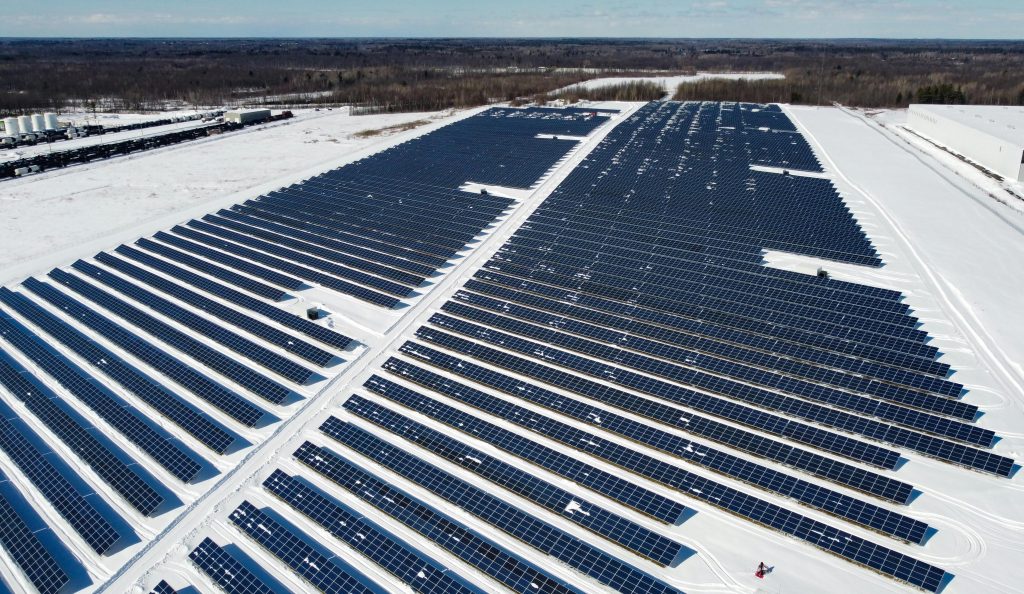
Nitrogen protection for diffusion and annealing processes
- In the diffusion and annealing process of solar cell sheets, nitrogen is an indispensable protective atmosphere. Battery diffusion is the diffusion of a doped source (e.g., POCl₃ or BBr₃) into the silicon wafer surface at high temperature to form a P-N junction. High-purity nitrogen in the process acts as both a carrier gas and provides an inert environment to avoid excessive oxygen resulting in excessive oxidation of the silicon wafer surface. In the annealing stage, nitrogen or nitrogen-hydrogen mixture (Forming Gas) is commonly used for defect repair and doping drive-in, where nitrogen ensures a stable and pollution-free environment. For processes such as metallization sintering, nitrogen can avoid the oxidation of silver pulp and aluminum pulp, ensuring the conductive performance of the electrode. In general, the nitrogen purity required for the diffusion/annealing process needs to reach 99.999% grade, oxygen content below ppm grade, and dew point below -70°C.
The inert atmosphere in the battery component packaging segment
- Nitrogen is equally important during the PV module packaging stage. During the cell chip welding, EVA lamination and packaging process, nitrogen gas needs to be passed in to reduce oxygen and moisture residue. The nitrogen environment prevents oxidation of the metal interconnect strips inside the components, slows down the aging of the encapsulation adhesive film, and improves the service life of the components. Nitrogen is also used as a protective gas in the welding section to make the weld joint more stable and firm. Although the requirements for nitrogen purity are slightly lower in the encapsulation stage, it is generally still required to reach more than 99.9% and dew point below -40°C to ensure long-term stability of the module.
Comparison between PSA pressure swing adsorption nitrogen generator and cryogenic air separation technology
Cryogenic air separation nitrogen production technology
- Deep-cooled air separation obtains high-purity nitrogen by compressing, liquefying the air, and then using the boiling point difference for distillation separation. Its advantages are high nitrogen purity (≥99.999%) and large gas production, which is suitable for very large photovoltaic industrial parks. The disadvantages are high investment, high energy consumption, and complex maintenance, and are usually used in situations where the scale is huge or where simultaneous oxygen production is required.
PSA pressure swing adsorption nitrogen production technology
- The PSA nitrogen generator uses the principle of selective adsorption of oxygen and nitrogen by carbon molecular sieves to achieve continuous nitrogen production by alternating pressure/decompression. Its advantages are simple equipment, flexible start-stop, low investment, and suitable for on-site use in small and medium-sized plants. The disadvantage is that the nitrogen purity is generally 99.9%~99.99%. PSA devices are more economical and flexible, which is ideal for the routine needs of photovoltaic cell production lines.
Technology Comparison
Purity: Cryogenic ≥99.999%, PSA 99.9–99.99%, and up to 99.999% after purification.
Capacity: Cryogenic systems are suitable for large-scale production above 10,000 Nm³/h, while PSA systems are ideal for capacities ranging from tens to several thousand Nm³/h.
Energy Consumption: PSA systems are more economical for small to medium-scale operations, while cryogenic systems have advantages in large-scale continuous operation.
Maintenance: Cryogenic systems are complex and require a professional team, while PSA systems are simpler and easier to maintain.
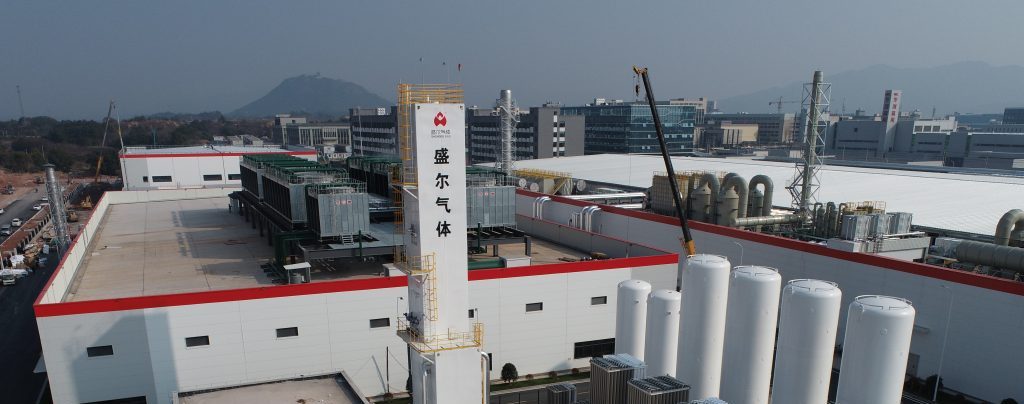
Requirements for atmosphere control in photovoltaic processes
The photovoltaic process places strict requirements on nitrogen, including:
The oxygen content is below ppm level, and some processes require <1 ppm.
The water content must reach a dew point below -70°C.
The gas must be clean and dust-free to avoid particulate contamination.
Stable pressure and flow ensure process uniformity.
in conclusion
Nitrogen is the “invisible guardian” of the PV industry, providing inert protection for silicon wafer preparation, annealing diffusion, and module packaging, ensuring the quality and efficiency of solar cells. Depending on the scale of the production line, small and medium-sized plants are more suitable to use PSA pressure-adsorption nitrogen generators, while large bases can choose deep-cooled air separation. In the future, with the development of PV technology towards high efficiency, the requirements for nitrogen purity and supply stability will be further increased, and nitrogen production technology will continue to be the basic guarantee of the PV industry.
